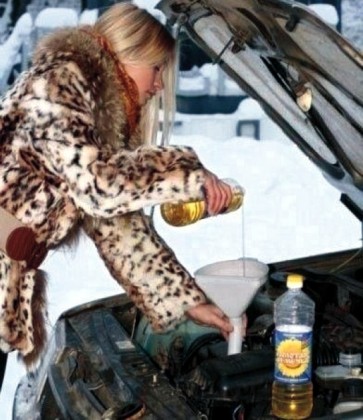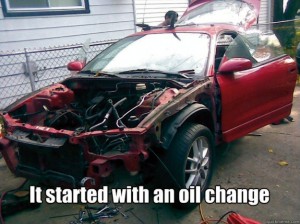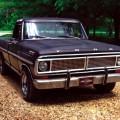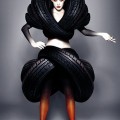Automotive Breakdown . . . by Denny Mandeville

Q. Can the wrong viscosity oil cause the Check Engine light to come on?
A. Yes it can. Always follow the manufacturer’s viscosity recommendations in your owner’s manual or the markings located on the oil fill cap. Modern engines are designed to use lower viscosity oil, usually in the 5W-20, 5W-30, even 0W-20 ratings. Many, if not most, modern engines use variable valve timing (VVT), a system of changing the position of a camshaft for better emissions and more power. The camshaft position is changed by oil pressure in a special piston called a cam phaser. The wrong oil and the phaser may not operate as quickly as designed. In some cases the wrong oil can cause a no start. A camshaft position sensor checks the desired camshaft position against the actual position. If there is a difference, the dreaded check engine light comes on. If you perform your own oil changes, make certain you purchase and use the correct viscosity and API classification oil for your car found in the owner’s manual.
Q. Is it safe to use modern oil in older engines?
A. Yes, “modern” oils may cause damage in an older engine. The current oils with low viscosity meet the API rating “SN”, and contain much lower levels of zinc. Zinc is an anti-friction additive to oil that protects high friction areas- commonly the camshaft and lifters of pushrod engines commonly found in cars earlier than 2000. Most modern engines use roller type camshafts that have low friction contacts because friction equates to lower horsepower. Pretty simple explanation for a complicated problem. Additionally, low viscosity oils do not seal as well and may be consumed in the combustion chamber-burning oil if you will.
Q. My steering wheel does not return to straight ahead after a turn.
A. This is called Memory Steer, when the steering wheel is slow to return to straight ahead and is caused by worn/binding steering linkage. This can also be caused by corroded, or worn bearings on the strut upper mounts. Upper mount replacement requires disassembly of struts for replacement. It may also be time for new struts. Have your car checked immediately when this problem is present to avoid possible failure of a part and no steering.
Q. What causes valve cover and oil pan gaskets to leak?
A. Gaskets are used to seal imperfect metal to metal surfaces and depend upon elasticity (the ability to expand and compress) for sealing. In the “old” days gaskets were cork or paper and did an adequate job, but heat caused both materials to take a set, allowing fluids to seep past the hard edges of the gasket. Next generation gaskets had rubber (not an entirely correct material name) embedded with the cork, which extended their life- but heat was still the killer of gasket material. Tightening the bolts on a leaking item was a temporary fix at best, eventually distorting the metal leading to more leaks. The newest style is silicone, often with metal sleeves in the bolt holes to prevent excessive crush so the gasket material lasts and lasts- but even this magic material is still susceptible to heat deterioration. Additionally, gaskets are now typically one piece instead of multiple pieces. Many gaskets are now replaced by RTV materials that virtually glue and seal simultaneously. Modern engines have fewer leaks than days of yore- but there is still maybe a need for replacement gasket.






